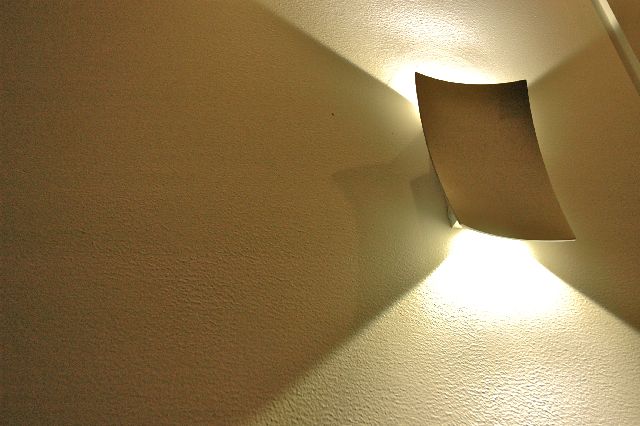As a global leader in LED lighting,Philips has been chosen as the LED lighting supplier for the Zero Energy House[1]project.
The Zero Energy House,owned by Auckland couple Jo Woods and Shay Brazier,is being built in Point Chevalier using careful design and solar power.Zero Energy means that,over the course of a year,the house will generate as much energy as Shay and Jo will use.At times they will generate more energy than they need,and will use a grid connection to sell this surplus energy back to their electricity company.
Jo and Shay chose Philips'lighting products for the house because the extensive range of Philips Light Emitting Diodes(LEDs)met all of their lighting design requirements.The lighting for the house has been designed so that each area is lit according to its specific needs,which means that the right amount of light is delivered to make each area work as it should.The targeted lighting design strategy also meant that the number of energy efficient lights and the power of these lights was carefully considered,reducing both the cost of installing the lights in the house and also reducing the ongoing cost to operate them.

The lighting is a mix of Philips LED bulbs,SmartBright LED downlights,and Ledino LED fittings.All of the light bulbs in the house are from the Philips Master LED range,which come in a variety of types to suit different fittings,and provide long lifetimes of around 25,000 and 40,000 hours.The 18 SmartBright LED downlights in the house last up to 15 years[2]and use integrated LEDs in an all-in-one design which eliminates the need for bulb replacement.Three stylish Ledino wall lights have also been installed with an expected lifetime of 20 years.
"Philips is delighted to have been chosen as the lighting supplier for the Zero Energy House.The LED bulbs used throughout the house consume around 80%less energy than incandescent bulbs and can last up to five times longer than compact fluorescent bulbs[3].While LED bulbs and fittings cost more than incandescent options up-front,their efficiency means that the savings in your power bill over their long lifetimes are much higher[4],"says David Procter of Philips Lighting.
One aspect of lighting in the Zero Energy House which highlighted the efficiency of LEDs was the replacement of the standard halogen bulbs that came with the kitchen rangehood.
"Those two halogen bulbs would have consumed almost twice as much energy than the rest of the kitchen lighting combined,so we replaced them with LED bulbs with comparable light intensity and quality,from the Master LED range,"says Zero Energy House owner Shay Brazier.
"Zero Energy Housing makes financial sense for New Zealanders.The long-run economic benefits are already clear,and as energy prices continue to rise,the benefit of investing in energy saving measures like LED lighting will become even more so.This project has also proven that Zero Energy Housing is an achievable solution,using builders and architects who have never done it before."
[1]National Renewable Energy Labs(NREL)in the United States of America defines a zero energy building as"a residential or commercial building with greatly reduced energy needs through efficiency gains such that the balance of energy needs can be supplied with renewable technologies."
[2]Based on an average of 1000 burning hours per year.
[3]Based on an average of 1000 burning hours per year.
[4]Based on Philips Total Cost of Ownership(TCO)comparisons of incandescent and LED bulbs and fittings using average purchase prices,an average of 1000 burning hours per year,and energy costs of 23c per kW hour.





